Making only its seventh flight, the triple-core Falcon Heavy put on a spectacular overnight show with dramatic side-by-side booster landings.
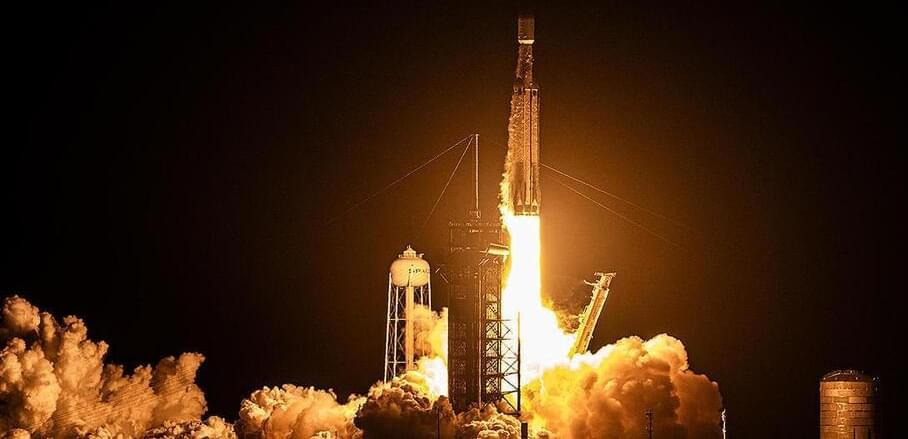

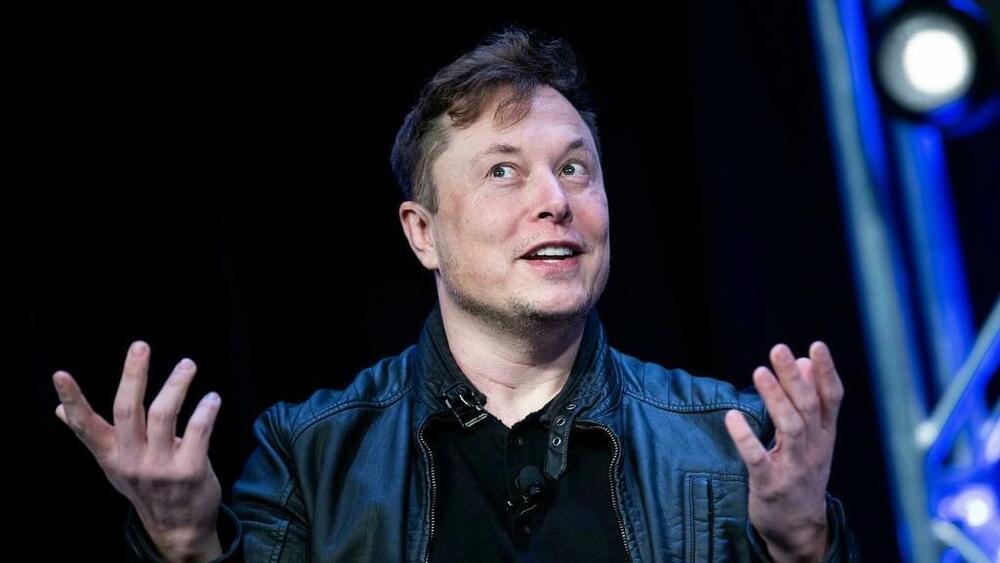
Starlink, Elon Musk’s satellite internet service, is set to launch an internet connection service in Bangladesh to connect geographically isolated (hard to reach) or disaster-affected populations with uninterrupted high-speed Internet.
Starlink provided two devices for a three-month test run, State Minister for Information and Communication Technology Zunaid Ahmed Palak told Dhaka Tribune after the meeting.
One of the devices will be installed on a bus while another device will be installed on a remote island in Bangladesh to test the compatibility of this internet service.
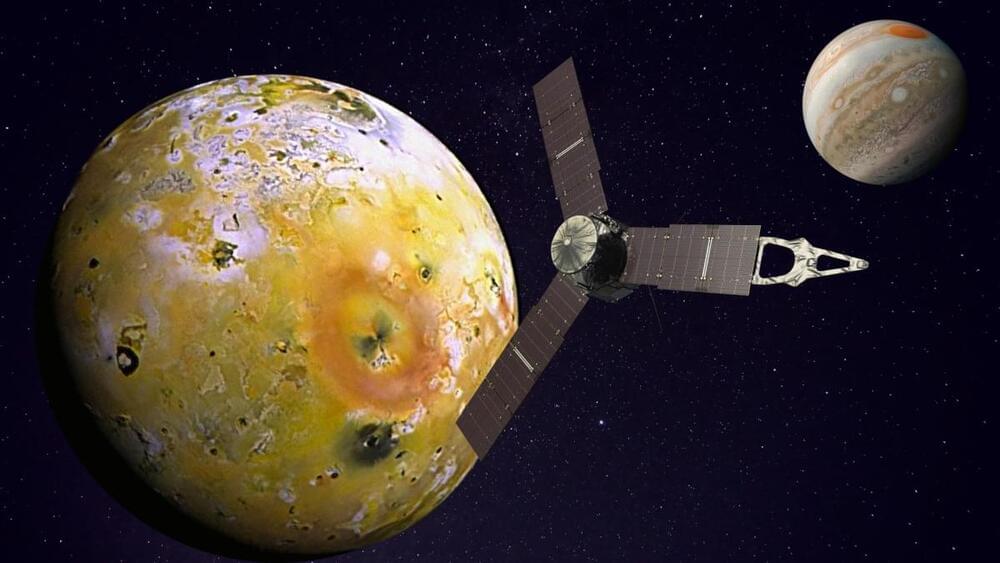
NASA’s Juno spacecraft will get closer than ever before to Jupiter’s fiery moon, Io, this weekend.
On Sunday (July 30), the solar-powered mission will come within 13,700 miles (22,000 km) of Io’s volcanic surface. This Jovian satellite is just slightly larger than Earth’s moon, making it the fourth largest moon in our solar system.
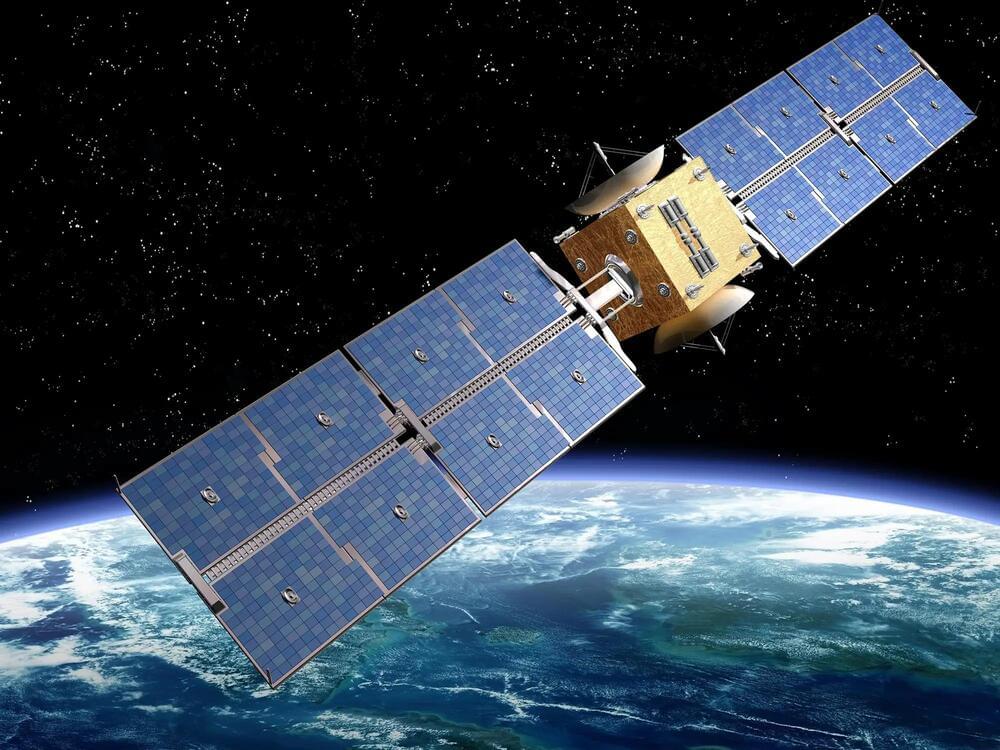
How do we communicate with spacecraft? For decades, satellites have beamed data back to Earth by way of radio waves, with a network of ground-based antennas collecting the incoming information. Now, we’re exploring laser communications, technology that will allow us to receive more data from farther than ever before — faster, too. NASA space communications expert Risha George tells us more. Credit: NASA
NASA is also developing ways to communicate with invisible infrared lasers.
Laser communications offer missions higher data rates than ever before, allowing us to transmit more data at once.
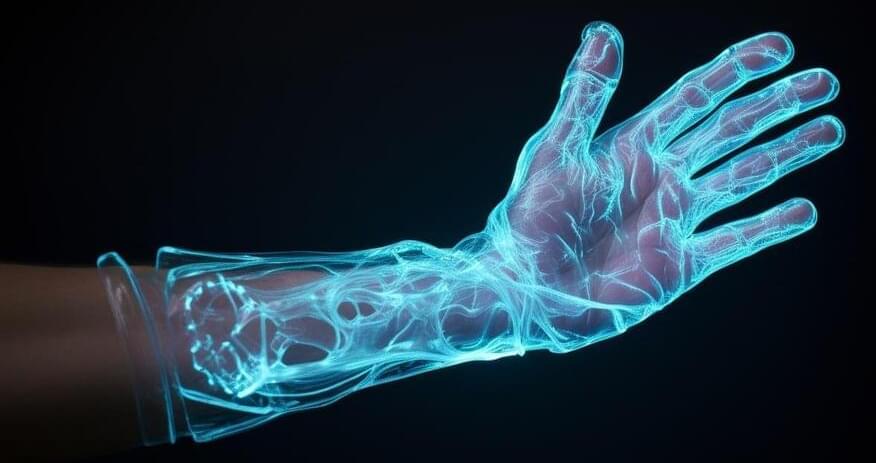
Summary: Researchers created a revolutionary tiny and efficient thermoelectric device, which can help amputees feel temperature with their phantom limbs.
Known as the wearable thin-film thermoelectric cooler (TFTEC), this device is lightweight, incredibly fast, and energy-efficient, potentially revolutionizing applications such as prosthetics, augmented reality haptics, and thermally-modulated therapeutics. Additionally, this technology has potential in industries like electronics cooling and energy harvesting in satellites.
The study conducted to test the TFTEC demonstrated its ability to elicit cooling sensations in phantom limbs, doing so significantly faster, with more intensity, and less energy than traditional thermoelectric technology.
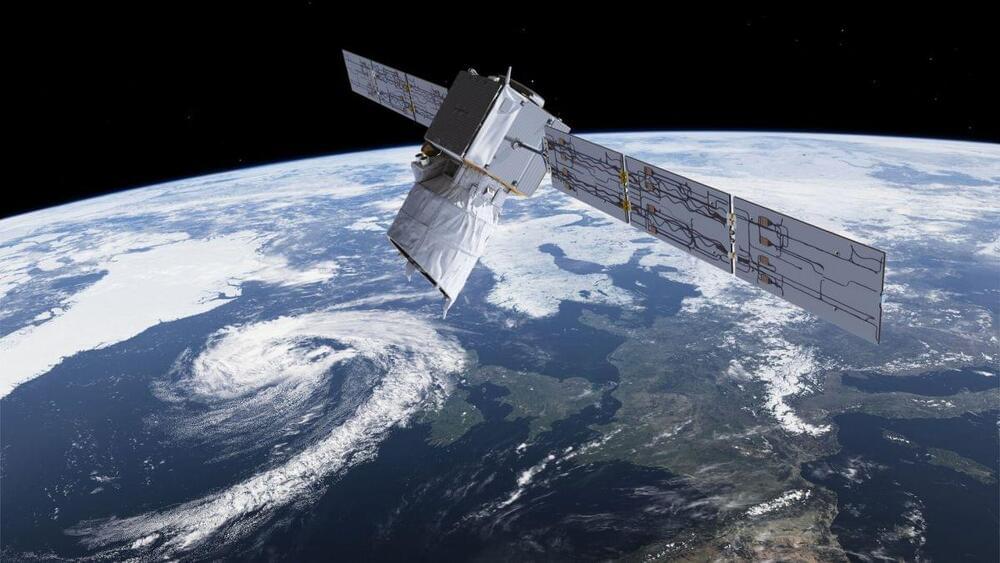
A European satellite is making a first-of-its kind return to Earth this week.
The European Space Agency (ESA) is currently guiding its Aeolus wind-studying satellite down for a controlled destruction in Earth’s atmosphere. This strategy is a major shift for Aeolus, whose original end-of-life plan called for an unguided fall.
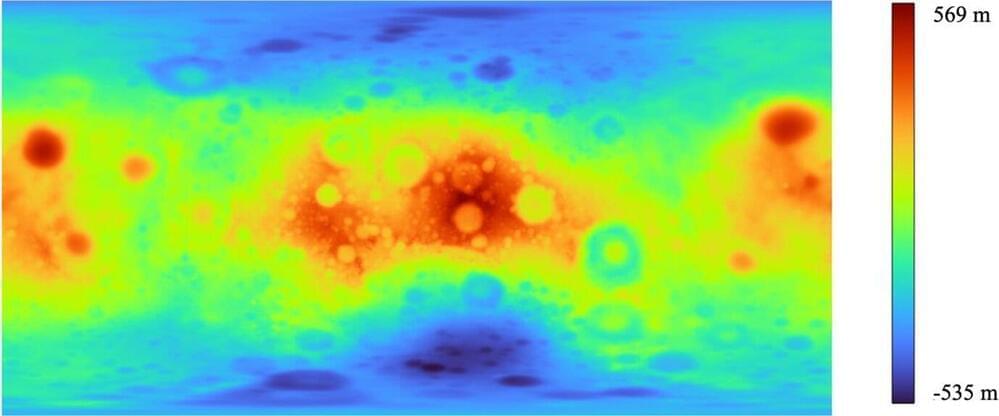
Kamilla Cziráki, a geophysics student at the Faculty of Science of Eötvös Loránd University (ELTE), has taken a new approach to researching the navigation systems that can be used on the surface of the moon to plan future journeys.
Working with Professor Gábor Timár, head of the Department of Geophysics and Space Sciences, Cziráki calculated the parameters used in the Earth’s GPS system for the moon using the method of mathematician Fibonacci, who lived 800 years ago. Their findings have been published in the journal Acta Geodaetica et Geophysica.
Now, as humanity prepares to return to the moon after half a century, the focus is on possible methods of lunar navigation. It seems likely that the modern successors to the lunar vehicles of the Apollo missions will now be assisted by some form of satellite navigation, similar to the GPS system on Earth. In the case of Earth, these systems do not take into account the actual shape of our planet, the geoid, not even the surface defined by sea level, but a rotating ellipsoid that best fits the geoid.
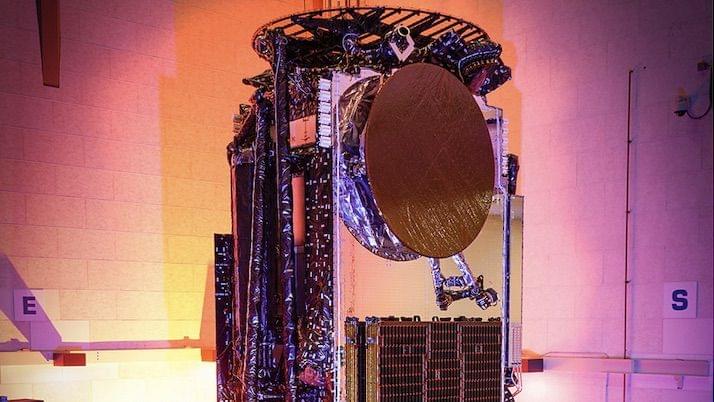
SpaceX is poised to launch the world’s largest commercial communications satellite.
On Wednesday (July 26), a SpaceX Falcon Heavy rocket will launch Maxar Technologies’ largest ever satellite, the Jupiter 3. The communications platform will join others in the Hughes Jupiter satellite fleet already in orbit, which provides broadband internet services to North and South America. According to a Hughes statement, the satellite will be the world’s largest commercial communications satellite once it’s fully deployed.
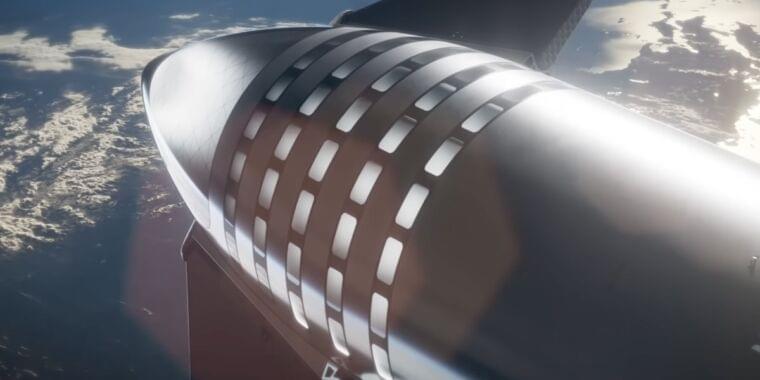
You’ve probably heard about SpaceX’s plans to use its giant new Starship vehicle to land people on the Moon and Mars, send numerous Starlink satellites or large telescopes into space, or perhaps even serve as a high-speed point-to-point terrestrial transport for equipment or people.
There’s another application for SpaceX’s Starship architecture that the company is studying, and NASA is on board to lend expertise. Though still in a nascent phase of tech development, the effort could result in repurposing Starship into a commercial space station, something NASA has a keen interest in because there are no plans for a government-owned research lab in low-Earth orbit after the International Space Station is decommissioned after 2030.
The space agency announced last month a new round of agreements with seven commercial companies, including SpaceX. The Collaborations for Commercial Space Capabilities (CCSC) program is an effort established to advance private sector development of emerging products and services that could be available to customers—including NASA—in approximately five to seven years.
China’s state media Xinhua claims that at least 300,000 people have worked on China’s space projects, almost 18 times the number of employees NASA has. Yes, the space race between the United States and China is set for a new and exciting turn, as the latter is geared to challenge the James Webb Space telescope with its fleet of tiny satellites, as they dive into deep space.#nasa #china #space Join Lab360 to get access to some amazing perks:
https://www.youtube.com/channel/UCZYqWTQJzJaMW7jFG16p8ug/joinSubscribe:
http://bit.ly/1V77IUhWelcome to Lab 360! The ultimate destination for the latest space news and space documentaries from the world of astronomy and astrophysics. Stay updated with all the current discoveries from NASA, James Webb Space Telescope, along with easily explained videos on black holes, asteroids, galaxies, planets, and more.
You will also find a collection of easy-to-perform experiments that will feed the science enthusiast in you! Are you ready?